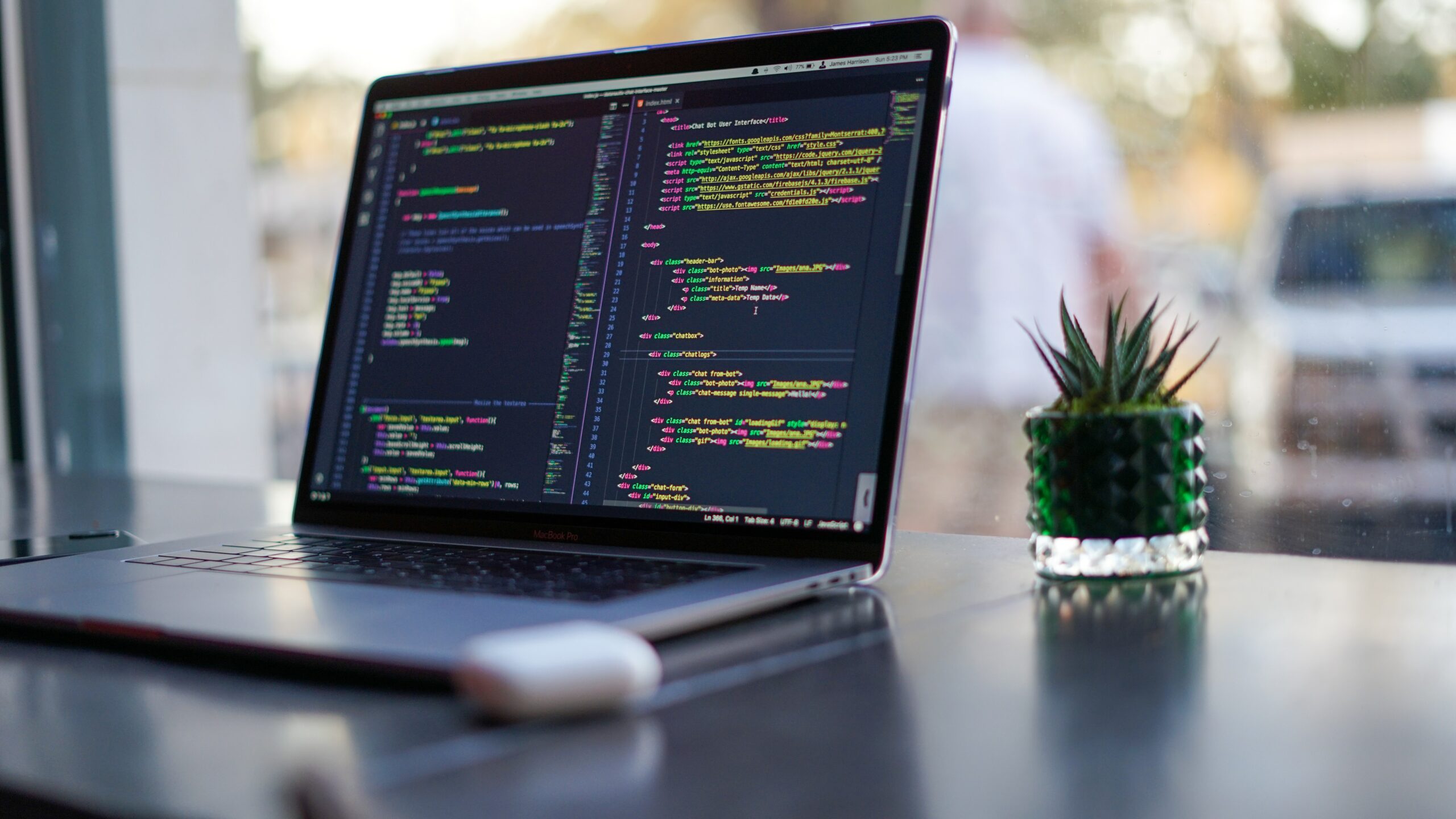In October 2017, Chris Wanstrath, the co-founder and then president of GitHub, said at a conference something that sounded strange from the creator of a repository of programming code used by millions of software developers around the world: “ We believe that the future of programming is not programming at all.”
Wanstrath, a long-haired redhead who looks more like a rocker than an entrepreneur, explained his statement in that talk: “The true essence of software development is not programming, it is not typing, it is not compilers. At the end of the day it’s what you’re building and the effect that has on the person you’re building it for. Programming is an amazing act, it is challenging, but in some way it can be a barrier. And what interests us is that the future of programming is less focused on programming. Programming is no longer the main event; software creation is the main event. Programming is only a small part of it.”
The words of Wanstrath, who at that time had already announced that he would step down as president of his company (Microsoft bought GitHub a few months later), were visionary in light of a trend that is gaining strength in the world every day: the rise of creation of no-code and low-code applications.
We are talking about a model made possible by online platforms such as Mendix, Bubble, Microsoft Power Apps, Zapier, Webflow, Airtable, Zoho Creator and Salesforce App Cloud, which allow entrepreneurs and entrepreneurs to create web applications, websites, online stores. online and mobile applications, among others, with graphic tools that require zero programming (no-code) or very little (low-code), and that work like ‘lego pieces’ that come together until an application is delivered.
This concept is not new. In fact, some compare it to the WordPress.org content management system, the free software with which about 43% of the world’s websites are created and managed. For years, this CMS has allowed ordinary people and companies to create websites with extensive capabilities, without the need for programming, and with the possibility of adding functionality through tens of thousands of plug-ins that are easy to install and manage.
And although it is not something new, the no-code and low-code model accelerated due to the pandemic – just like many other trends in technology – because the need for companies to embrace technology in all their processes grew. and turning to the Internet to be more efficient and survive.
Research firm Forrester estimates that by 2021, 75 percent of all app development will use low-code or no-code platforms, up from 44 percent in 2020.
No code is being heavily promoted as a key tool for entrepreneurs, who can get their ideas to market faster and without the limitation of not knowing how to code. Joan Westenberg, founder of the firm Studio Self, says in a column on Inc.com that these tools allow entrepreneurs to “imagine, test, and launch entire platforms, and that’s why they’re using them at scale. No-code is making it possible for more people to create software, which democratizes the development process and makes bringing an idea to life easier than ever.”
For his part, Joe Procopio, founder of the American company Teaching Startup, captures the essence of what this model promises in the phrase with which he started a column published on Inc.com: “I started a profitable business using only platforms and no-code tools.
No-code and low-code are the central theme of ENTER 265 magazine. That edition explains what this application development model consists of, what its benefits are for entrepreneurs and businessmen, whether it can affect programmers or whether on the contrary, it also brings them benefits, what is criticized about this approach, etc.



